Cats have fascinated humans for thousands of years with their mysterious behaviors and charming presence. Among these intriguing traits, the purr stands out as a unique vocalization. While traditionally associated with contentment, recent theories suggest that cats might use their purring as a tool to manipulate humans. This article delves into the aspects of cat purring and explores whether it is a form of communication intended to influence human behavior.
The Mechanics of Purring
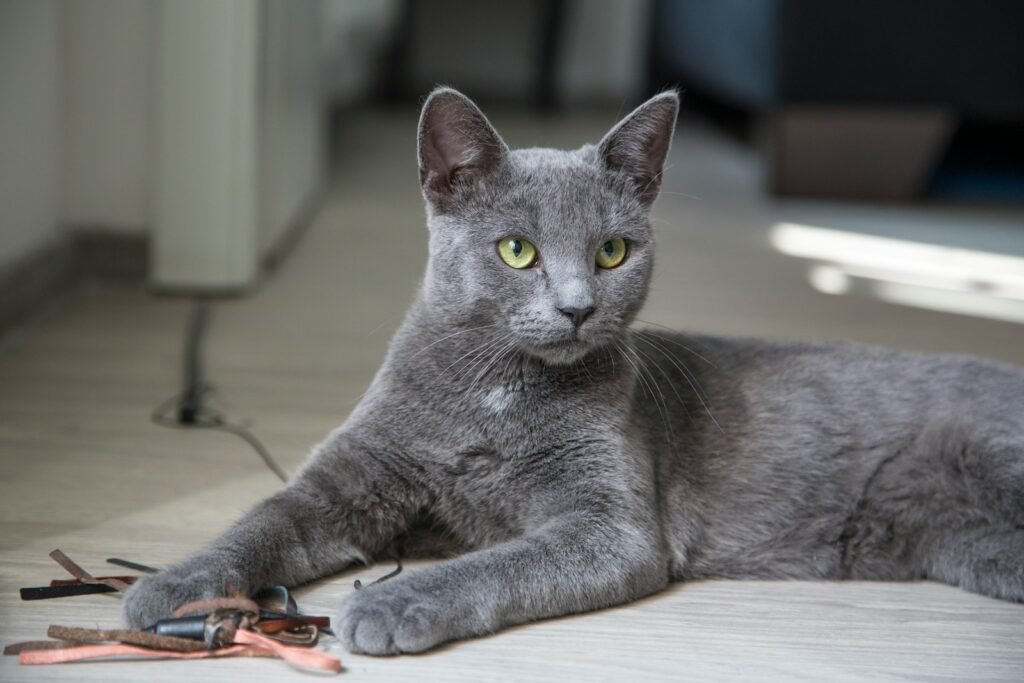
Purring is a low-frequency sound produced by cats, typically ranging from 25 to 150 Hertz. This sound is generated through the rapid twitching of the muscles within a cat’s larynx, combined with the movement of the diaphragm during both inhalation and exhalation. This biomechanical process creates a continuous sound that is both soothing and intriguing to humans.
Evolutionary Insights
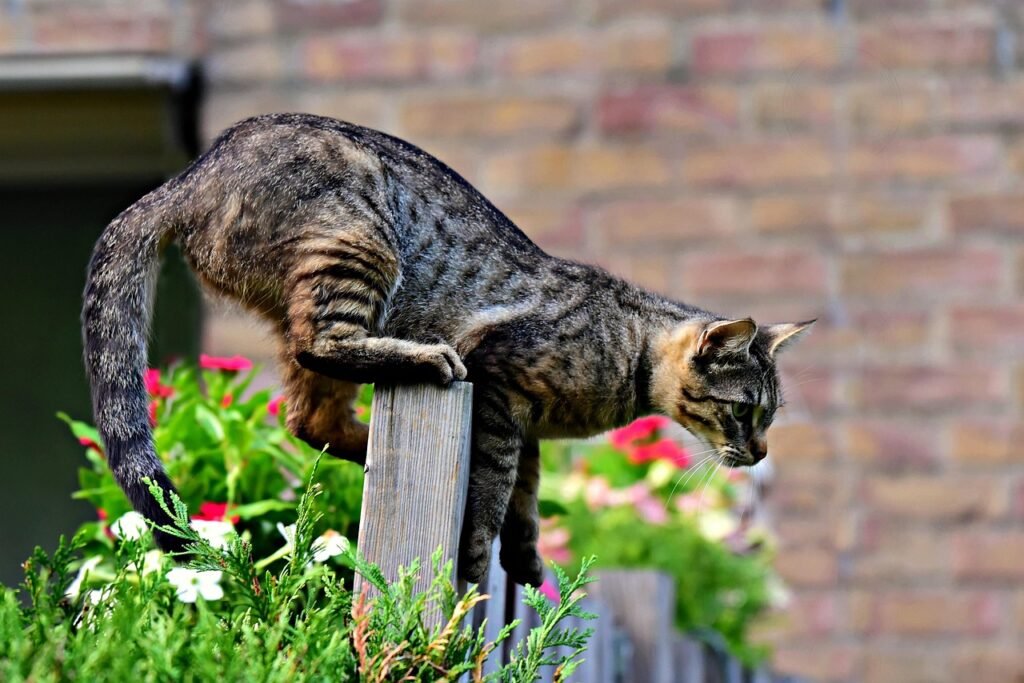
From an evolutionary perspective, purring may have developed as a mechanism for communication between mother cats and their kittens. A nursing kitten purrs to signal its presence and contentment, while a mother cat purrs to reassure her young. This behavior facilitates bonding and enhances survival in the early stages of a kitten’s life.
Decoding the Different Types of Purrs
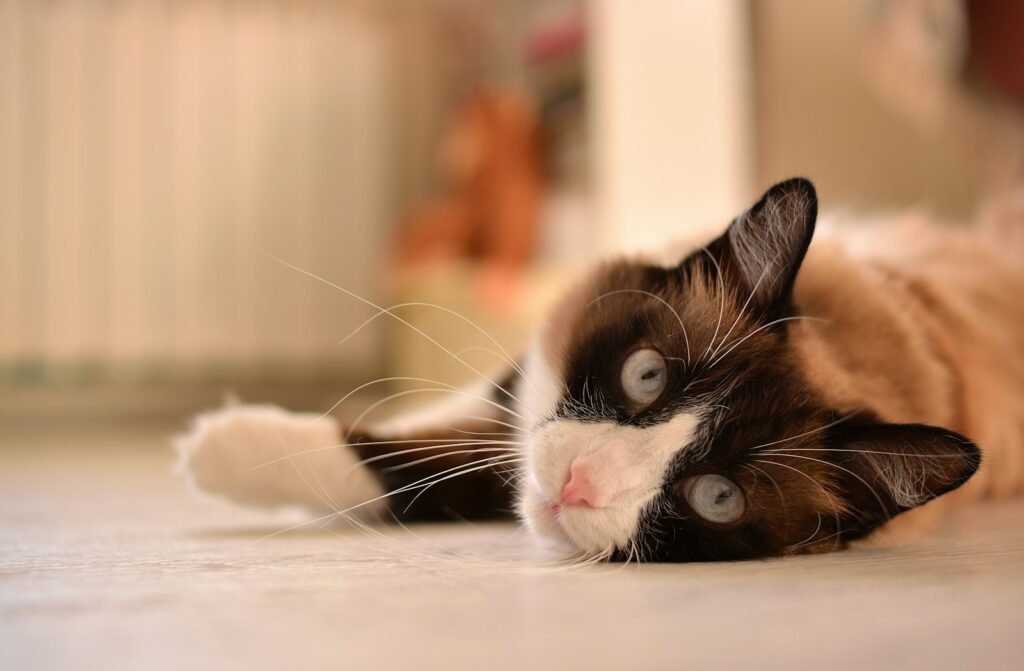
Cats purr for various reasons, including pleasure, hunger, stress, or pain relief. By examining the context and accompanying body language, owners can gain insights into what a particular purr might indicate. Understanding these nuances helps in determining whether a cat is using its purr to elicit specific responses from humans.
Purring as a Healing Mechanism
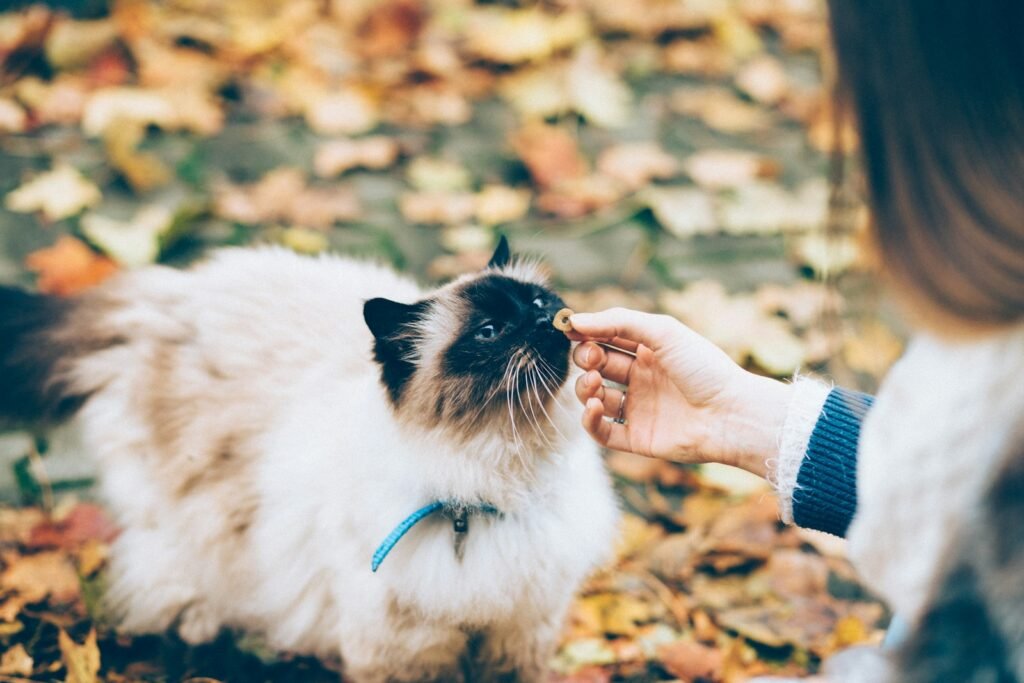
A fascinating aspect of purring lies in its potential therapeutic benefits. Studies suggest that the frequencies within a cat’s purr can promote healing, reduce pain, and even decrease inflammation. This has led to theories that purring might be used by cats as a self-soothing and recovery mechanism after stressful events or injuries.
The Role of Purring in Human-Cat Interaction
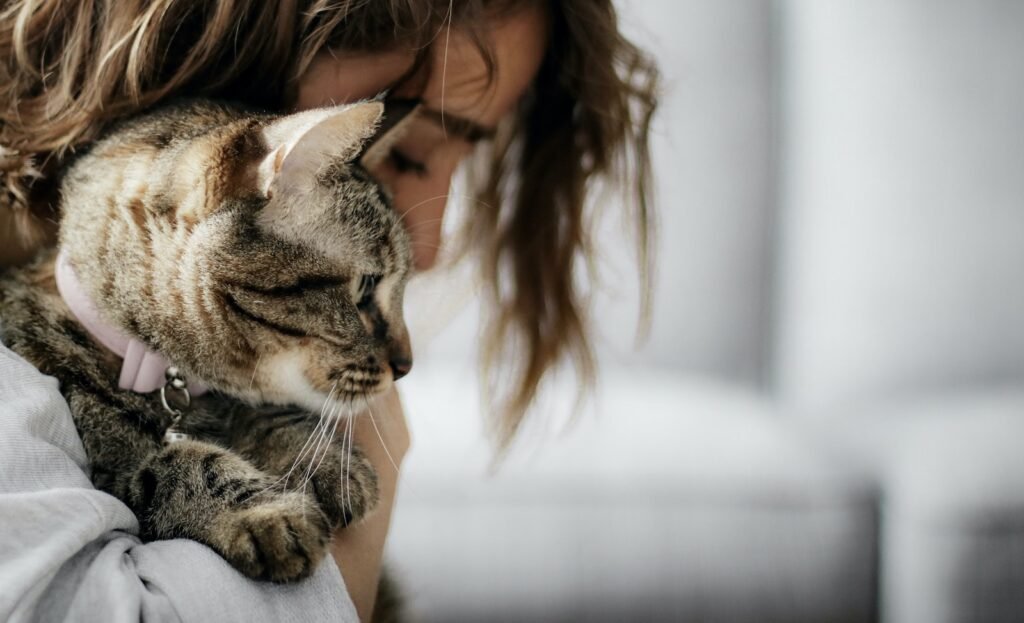
Humans typically interpret a cat’s purr as a sign of affection and contentment, often responding with attention, care, or treats. This positive feedback loop suggests that cats might have learned to use purring strategically to manipulate their human companions, reinforcing behaviors that are beneficial or desirable.
A Scientific Perspective
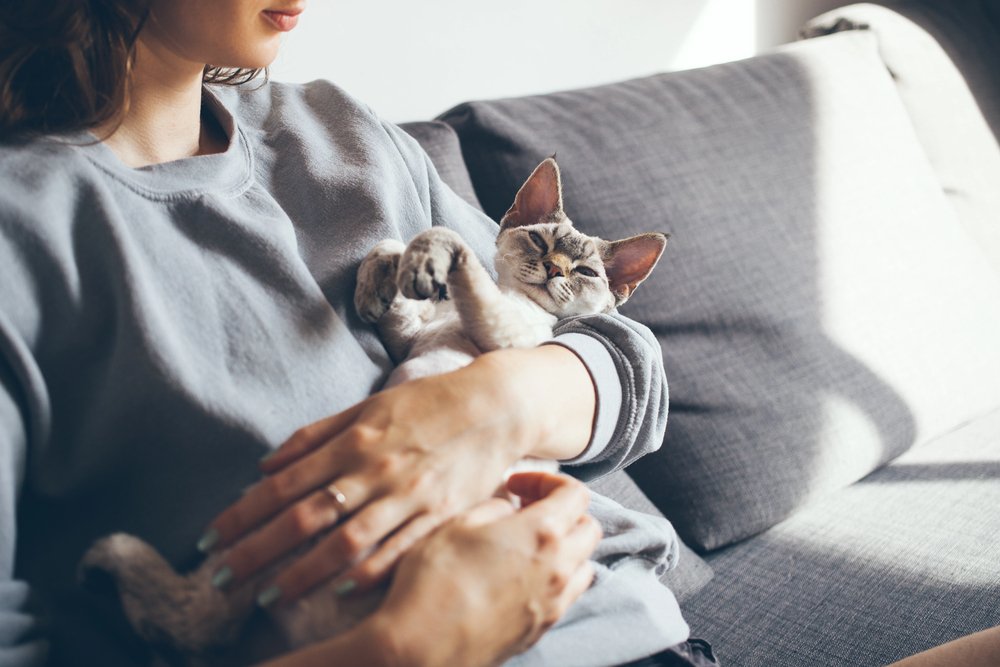
Scientists have identified a specific type of purring known as “solicitation purring,” which incorporates a high-pitched cry within the normal purr pattern. This cry resembles the sound of a human infant, which may trigger an innate nurturing response in humans. This subtle manipulation increases the likelihood of the human responding to the cat’s needs, such as feeding or attention.
Research and Studies on Purring
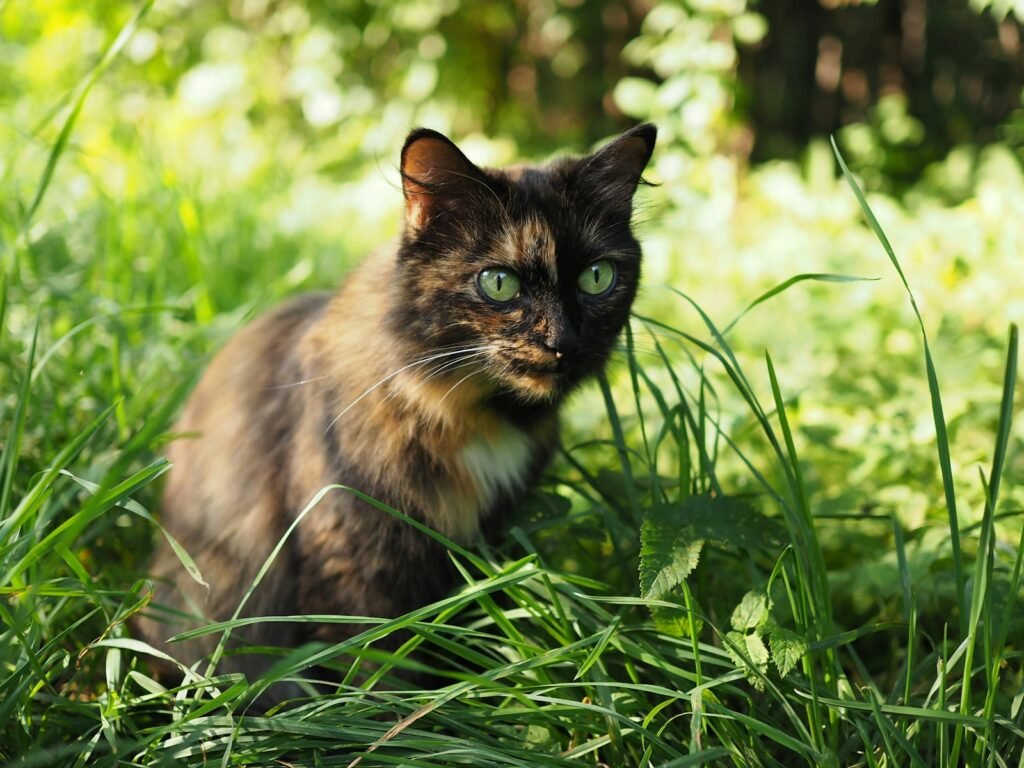
Various studies have explored the role of purring in cat-human relationships. For instance, findings published in the journal “Current Biology” indicate that people are more responsive to solicitation purrs than standard purrs. These studies underline the complexity of cat vocalization and its impact on human behavior, suggesting that cats might exploit their purring to influence their owners.
The Psychological Effects of Purring on Humans

Purring has a calming effect on humans, promoting relaxation and emotional well-being. This soothing characteristic could explain why humans are more inclined to respond positively to a purring cat, thus encouraging cats to use purring as a tool for deriving benefits, such as being petted or receiving attention.
Implications for Cat Owners
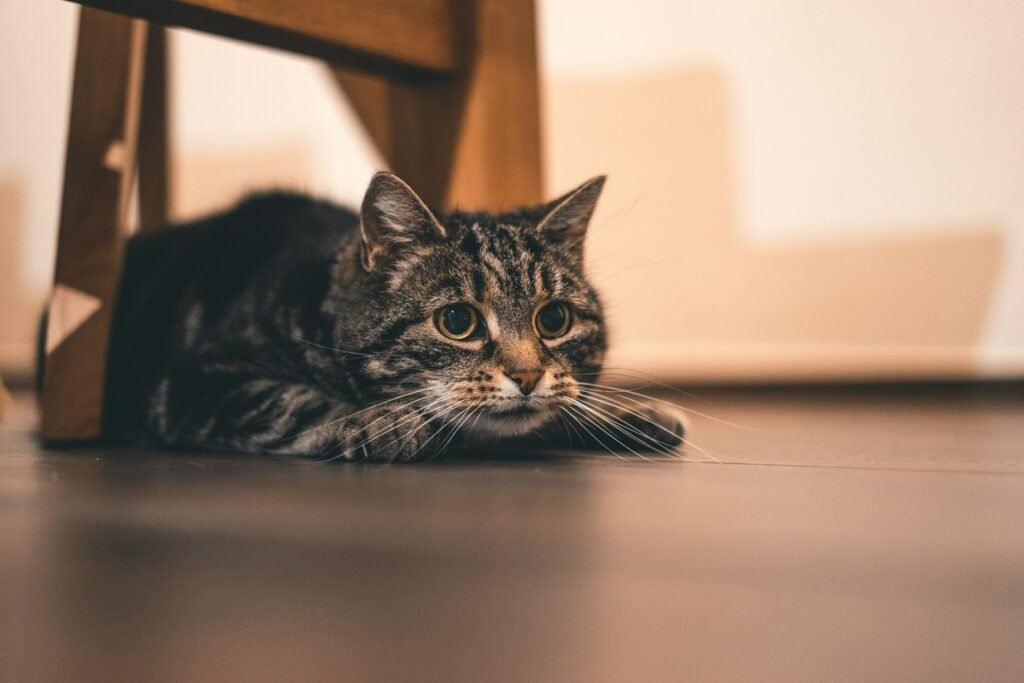
Understanding the potential manipulative nature of purring can help cat owners become more attuned to their feline companions’ needs. Recognizing the different contexts and variations of purring allows for more effective communication and can lead to stronger bonds between cats and their owners.
Beyond Manipulation
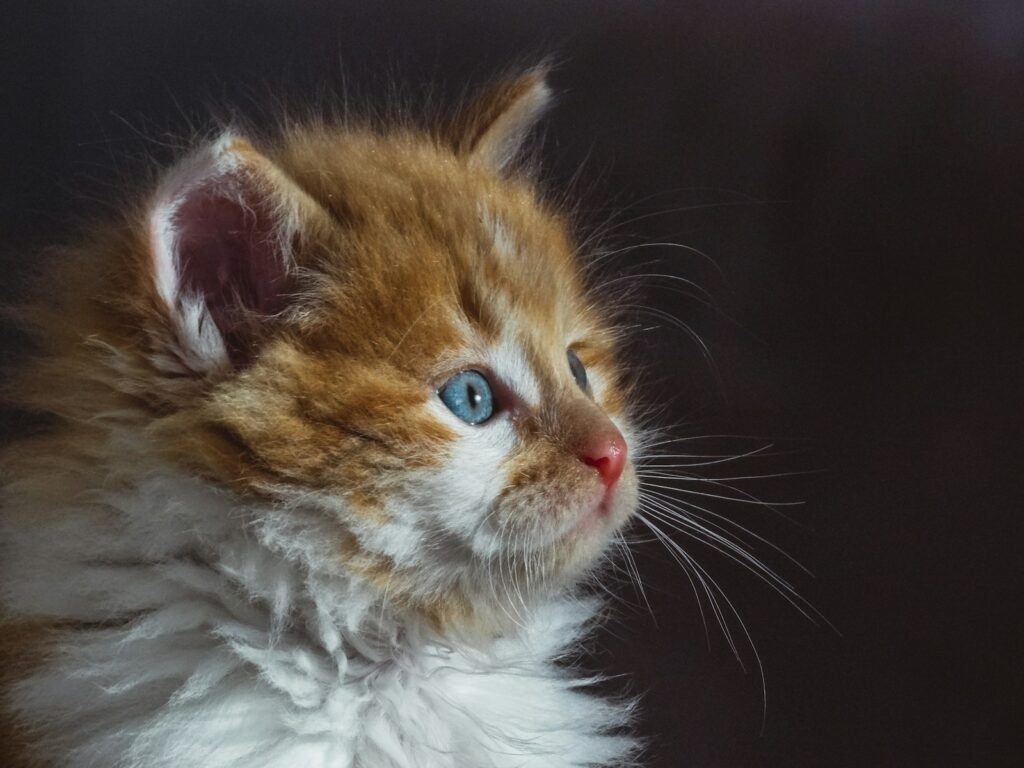
While the idea that cats use purring to manipulate humans is compelling, it’s important to acknowledge the multifaceted nature of this behavior. Purring serves various purposes, from emotional communication to physical healing. It is a testament to the intricate relationship between humans and cats, underscoring the need for continued research to fully understand the role of purring in feline behavior.

Growing up traveling and experiencing new cultures and wonders, I have had a passion for nature, adventuring, photography, and videography. I am currently working towards a BSc in Biodiversity and Ecology at Stellenbosch University, and I hope to specialise in Marine Sciences one day.
Please send any feedback to Feedback@animalsaroundtheglobe.com






